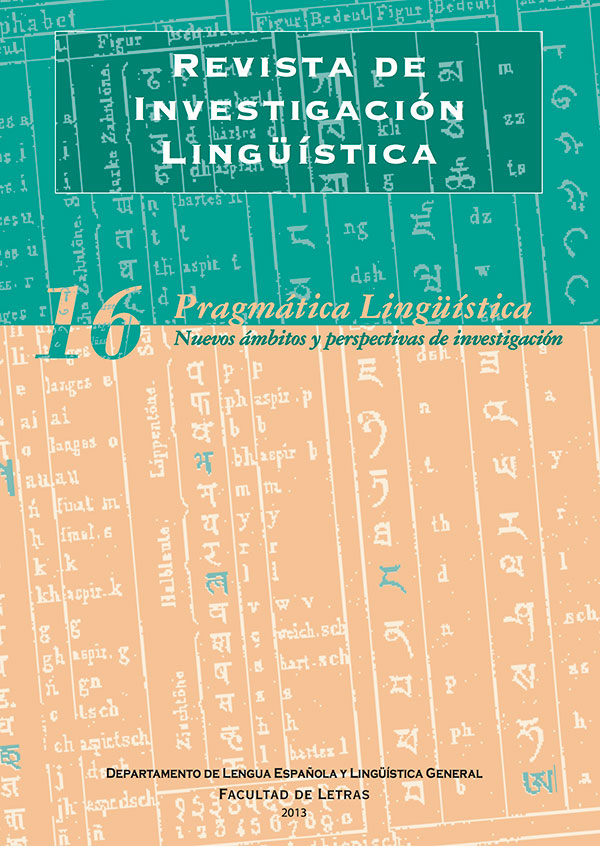Morphology of the toponyms
Abstract
The goal of this paper is to present a synchronic morphological account of Spanish toponyms. I will show that the main word-formation devices in Spanish (derivation, compounding and parasynthesis) are also used in the formation of place names. Historical and sociological aspects will not be taken into account in this study. I will focus on the most significant morphological processes (prefixation, suffixation, compounding) as viewed from the perspective of the common speaker. I have selected toponyms from six different Spanish provinces, three in the North (all the provinces of the Aragon region) and three in the South (Almería, Granada, Sevilla). In the history of the construction of the Spanish nation, the two geo-graphical areas mentioned above were subject to different cultural and political factors. These differences can be neatly recognized at the morphological level. The paper describes commonalities and differences between derivational mechanisms used in place names from these two regions (Aragón and Andalucía).Downloads
The works published in this magazine are subject to the following terms:
1. The Publications Service of the University of Murcia (the publisher) preserves the economic rights (copyright) of the published works, and favors and allows the reuse of same under the license of use indicated in point 2.
2. The papers are published in the electronic edition of the magazine under a Creative Commons Attribution-NonCommercial-NoDerivative 3.0 Spain license (legal text). Papers may be copied, used, disseminated, transmitted and publicly exhibited if the following requirements are met: i) The authorship and the original source of its publication (magazine, editorial and URL of the work) must be cited; ii) The works cannot be used for commercial purposes; iii) The existence and specifications of this user license must be explicitly mentioned.
3. Self-archiving conditions. Authors can electronically disseminate pre-print versions (version before being evaluated) and / or post-print versions (version evaluated and accepted for publication). This makes possible its circulation and diffusion earlier and with it a possible increase in its citation and reach among the academic community. RoMEO color: green.






